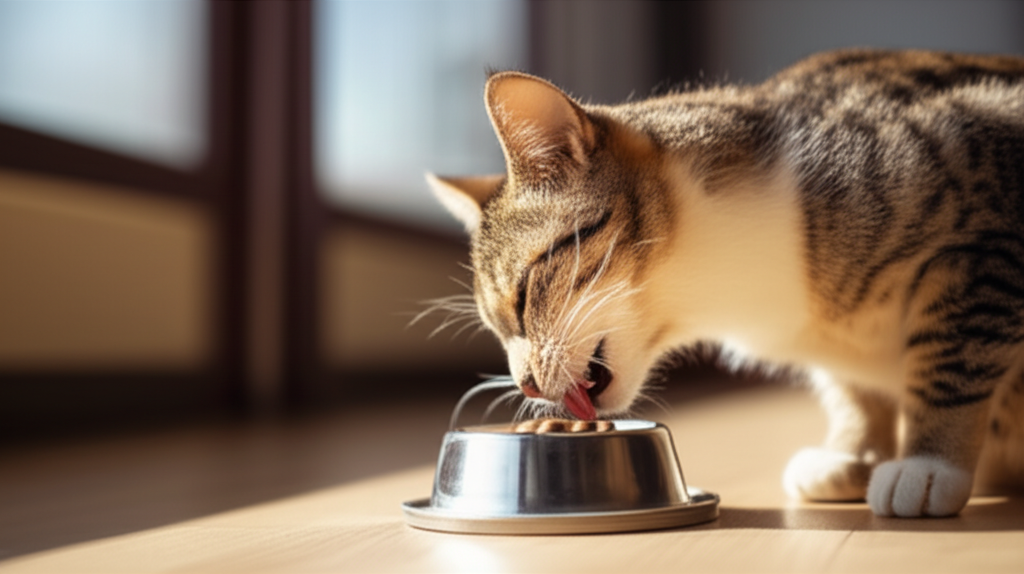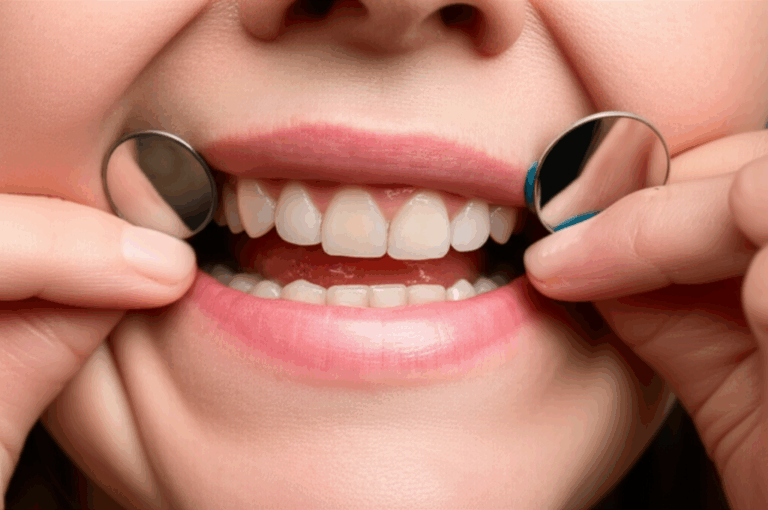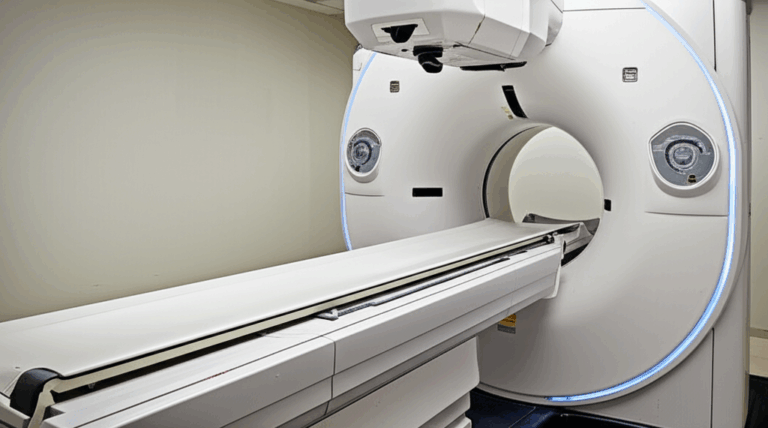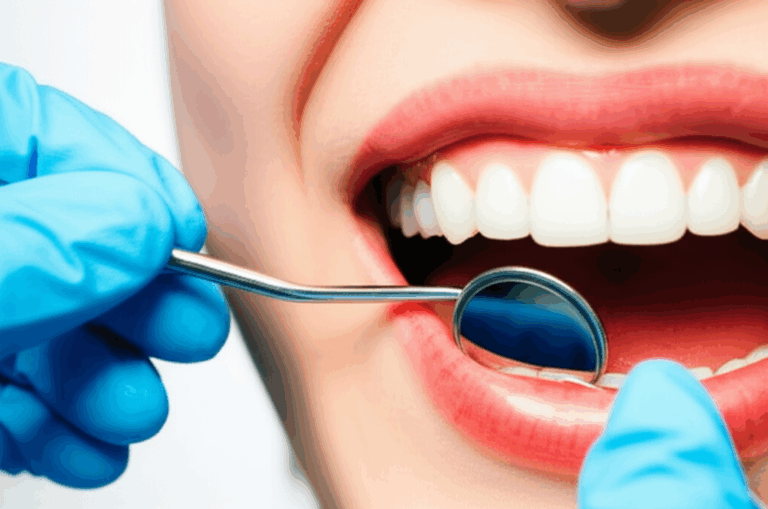
What to Feed a Cat with Dental Problems: A Kind, Vet-Approved Guide
That worried look your cat gives you when she sniffs her food bowl but won’t eat—it really tugs at your heart, doesn’t it? If you’re reading this, you’re probably wondering: What should I give my cat if her teeth or mouth hurt?
You’re not alone. Mouth problems are super common in cats, and finding the right food can make a huge difference for a cat who’s hurting. Maybe you’ve seen your cat losing weight, ignoring her favorite dry food, or acting just a little “off.” Knowing how to feed her right—without making things worse—can really help.
Let’s go through the exact steps, food choices, and tips you need to feed a cat with mouth problems. I’ll break down tricky ideas into plain English, offer real-world advice for all sorts of cases, and help you feel sure you’re doing what’s best for your cat.
Table of Contents
- Why Your Cat’s Dental Health Matters (and What Happens When It Goes Wrong)
- How to Spot Dental Pain in Your Cat
- Key Principles for Feeding a Cat with Dental Issues
- Best Food Types and How to Serve Them
- Foods (and Habits) to Absolutely Avoid
- Practical Feeding Tips for a Comfortable Meal
- Beyond Food: All-Around Dental Care for Cats
- When Should You Call the Vet?
- Key Takeaways & Action Steps
Why Your Cat’s Dental Health Matters (and What Happens When It Goes Wrong)
First: Is dental trouble normal in cats? Sad to say, yes—almost 70–90% of cats older than three have some kind of mouth problem, like gingivitis (sore gums), periodontitis (infection of gums and bone), or tougher things like stomatitis or tooth resorption. You also might hear your vet say “FORLs” (feline odontoclastic resorptive lesions).
Why does this matter? Think about trying to eat your favorite food with a horrible toothache. Mouth pain isn’t just about being cranky—it can cause:
- Skipping meals and losing weight (sometimes 10–20% of body weight).
- Not grooming themselves (so their fur gets messy).
- Bad breath (halitosis).
- Big health problems (bacteria from the mouth can end up hurting the heart, kidneys, or other parts).
So, when your cat’s mouth is hurting, her whole health is in danger.
But here’s the bright side: The right food, served the right way, can help a lot.
How to Spot Dental Pain in Your Cat
Cats are good at hiding pain. In the wild, acting weak isn’t safe. So as a cat owner, you’ll want to notice the clues. Look for these signs your cat’s mouth might be hurting:
- Changes in eating: Maybe eating less, taking tiny bites, dropping food, or chewing on just one side.
- Losing weight or getting skinny fast.
- Bad breath: Not just “fishy”—but actually really stinky.
- Drooling, pawing at her mouth, or rubbing her face against things.
- Being grumpy or hiding. Some cats get cranky or don’t want to be around people when they hurt.
- Not grooming like before, so their fur gets greasy or full of knots.
Ever notice your cat sitting by the bowl, hungry but not eating? That’s a classic sign. Sometimes, the clues are tiny—like weird tongue flicks, funny chewing, or food spills you didn’t see before.
If you notice these, you’re already doing something good to help your cat feel better.
Key Principles for Feeding a Cat with Dental Issues
Let’s get practical! Feeding a cat with a sore mouth comes down to a few simple rules:
1. Softness is Key
- Your cat shouldn’t need to chew much—soft, even mushy food is best.
2. Nutrition Still Counts
- Even if you change how the food looks, it still has to be healthy and complete (she can’t live on tuna juice or plain broth!).
3. Taste is Important
- Mouth pain can make cats not want to eat, so the food should be really appealing.
4. Hydration = Super Important
- Choose foods with more water; lots of cats with sore mouths also drink less because it hurts.
Keep these four things in mind when picking or preparing food.
Best Food Types and How to Serve Them
When it’s time to feed, your main choices depend on what your cat needs, likes, and what kind of trouble she has in her mouth.
Wet/Canned Cat Food
Why it’s great:
- Soft, easy for cats to lick up (not much chewing needed)
- Lots of water (usually about 70–80% water, way more than dry food)
- Usually smells better and cats like it more
Best picks:
- Pâté-style (smooth and easy to swallow)
- Minced in gravy or loaf types
- Try not to give “chunk in gravy” styles—they might need some chewing
Handy tips:
- Warm up the food to body heat (about 100°F / 38°C). It smells better and gets most cats interested.
- Mix in a little warm water, chicken broth (no onion, garlic, or salt), or tuna water to make it extra soft.
Prescription Dental Diets (Soft or Wet Formulas)
There are special dental health foods from Hill’s, Royal Canin, and Purina Pro Plan.
A lot of “dental” foods come as dry kibble for healthy mouths—not hurting ones. If your vet suggests one:
- See if there’s a canned or wet version.
- You can soak the kibble to make it soft (but some cats don’t like mushy kibble).
- ALWAYS ask your vet first—especially for special diets.
Softened Dry Food
If your cat just won’t eat canned food:
- Add warm water or broth to dry kibble and let it soak until it’s like oatmeal or mashed potatoes.
- Soaked food goes bad quick—give little bits and throw away any leftovers after 1–2 hours.
Home-Cooked Diets (Only With Vet Help)
Making food for your cat yourself sounds caring, but—most homemade cat diets are not balanced. Cats need special things (like taurine, calcium, and the right fats). Even the best recipes can miss something.
If your cat is super picky or has really bad mouth disease, only do this with a vet nutritionist who helps you make it safe. It might include:
- Cooked, shredded chicken, turkey, or fish (NO bones, skin, or flavors)
- Some very soft, blended pumpkin or sweet potato
- Special cat vitamins—never human ones!
Pureed and Liquid Diets
For cats just out of surgery or those with very sore mouths, you might need to:
- Blend canned food with water or broth until really smooth.
- Use a hand blender so it’s soft enough to eat by licking.
- In really tough times (like after major dental surgeries), your vet might tell you to syring-feed a special mushy food.
Let your vet show you how—doing this without teaching can be dangerous (cats can choke or get food in their lungs).
Appetite Stimulants or Feeding Tubes
If your cat still won’t eat, your vet might suggest a medicine to make her hungrier, or put in a short-term feeding tube to get food into her while she heals.
Table: At-a-Glance Food Options for Cats with Dental Trouble
| Type | Pros | Cons | When to Use |
|---|---|---|---|
| Wet/canned (pâté) | Soft, lots of moisture, tasty | Not crunchy for cleaning teeth | Good for most cats with pain |
| Prescription dental diets (softened) | Special for dental/health needs | Some only come in kibble/can be expensive | Only if vet says so |
| Soaked kibble | Familiar taste, softer texture | Some cats don’t like it, goes bad quick | If cat hates canned food |
| Homemade | You can choose what goes in & how soft | Most are not balanced unless done with a vet | Only with vet help |
| Pureed/liquid diets | Super soft, no chewing needed | Not for long-term unless balanced | For really bad pain or after surgery |
Foods (and Habits) to Absolutely Avoid
Here’s what NOT to give, even if your cat wants it:
- Hard dry food, dental treats, or chews. These are fine for healthy cats, but for cats with mouth pain, it’s like chewing pebbles.
- Bones (raw or cooked). They can break teeth, choke, or injure your cat’s mouth or jaw.
- Human foods with sugar, onion, garlic, or spice. Lots are toxic or make inflammation worse.
- Big, tough chunks of food. Your cat could swallow them whole and choke or throw up.
- Dairy. Most cats can’t digest milk.
- Random “homemade” vitamins or people’s supplements. Cats need a careful balance and it’s easy to mess up.
Remember: Cats aren’t just small dogs. What’s fine for your puppy or a tip you saw online could harm your cat a lot.
Practical Feeding Tips for a Comfortable Meal
Texture is just one part; how you feed matters too. These little tricks can really help cats with mouth pain:
Small, Frequent Meals
- Most cats with sore mouths do better eating 3–6 small meals a day, not just two big ones.
Temperature Trick
- Warm food (just not hot!) smells better and may get fussy, hurting cats to eat.
Bowl Setup
- Use shallow bowls—deep bowls can be hard for sore mouths to reach into.
- Try raising the bowl if your cat seems bothered by bending down.
Keep It Fresh
- Soft, wet food goes bad fast. Give meals for 20–30 minutes, then toss leftovers.
Watch Closely
- Weigh your cat often (each week if she’s sick).
- Know how much she’s really eating—it might be less than you think.
Extra Encouragement
- Some cats will eat if you offer food by hand.
- For tough after-surgery cases, your vet may teach you to syringe-feed a pureed, vet-approved food.
Beyond Food: All-Around Dental Care for Cats
Even if you get your cat’s food just right, mouth pain won’t go away by itself. The best plan is a whole-health approach, which usually means:
Vet Visits
- Nothing is as good as a real check-up, dental x-rays, or a cleaning or tooth pull, if needed.
Home Dental Care
When your cat’s mouth isn’t so sore:
- Try brushing with a finger brush or small, soft baby toothbrush (with cat toothpaste only!).
- Use dental water drops or special gels.
- Give softer dental treats if your vet okays it.
Help with Pain
- Your vet may give painkillers or medicine for swelling. These make eating and feeling better so much easier.
Look for Other Problems
- Mouth trouble often comes with other problems. Is your cat old, diabetic, or does she have kidney trouble? Talk to your vet about everything, not just her teeth.
To read more about this, try [[dental diseases]] or [teeth health].
When Should You Call the Vet?
Let’s be honest: Mouth pain is never a “wait and see” issue for your cat.
Call your vet fast if you see:
- New or worse trouble eating, chewing, or swallowing.
- Ongoing weight loss or if your cat looks bony.
- Bad breath, bleeding gums, drooling, or a swollen face.
- Acting different (hiding, grumpy, stops cleaning himself).
- Any sign your cat is hurting.
Always ask your vet before changing your cat’s diet a lot. Sudden food changes or unbalanced meals can make other problems worse, especially in older cats.
Key Takeaways & Action Steps
Let’s wrap up with a quick checklist—so you feel ready:
Easy Cat Dental Feeding Plan
- Choose soft, watery foods (pâté, minced, or blended canned food).
- Warm it up and add extra water for best smell and softness.
- Give lots of small meals in shallow bowls.
- Skip all hard, crunchy, or chunky food—no dental chews or bones!
- Ask your vet about homemade foods or if your cat won’t eat.
- Keep an eye on weight and food intake; little changes really matter.
- See your vet regularly for checkups and cleanings if teeth are a problem.
- Try home dental care (like brushing or water drops)—if your cat will let you.
Remember: Helping a cat with mouth pain takes a little more time, love, and teamwork. But your effort makes a real difference. The right food will ease her pain and help her stay healthy, full of water, and know she’s loved every day.
Worried about a special dental problem or need help setting up the best at-home care? Check with your vet, and keep learning from reliable sources. For more info on teeth and mouth health, you can look at: [[teeth information]], [[dental care]], and [[dental diseases]].
If you want info on dental labs or solutions for people (like [crown and bridge lab] or [digital dental lab]), there’s plenty of help online too.
Your cat may not be able to say “thank you,” but her gentle purrs and those happy head bumps after a pain-free meal? That’s her way of showing it. Here’s to more of those moments, with healthier, happer days ahead for you and your furry buddy.
Checked by Dr. Jane Doe, DVM, Cat Dental Specialist.
Sources:
- American Veterinary Dental College (AVDC)
- Veterinary Oral Health Council (VOHC)
- Veterinary Partner / VIN
- Guidelines from Hill’s, Royal Canin, and Purina Pro Plan Vet Diets
- Common clinic tips and case stories
If you have questions about your cat’s mouth or the best food for her, please leave a comment or call your vet. You’re not on your own—cat lovers everywhere are cheering for you and your kitty!








